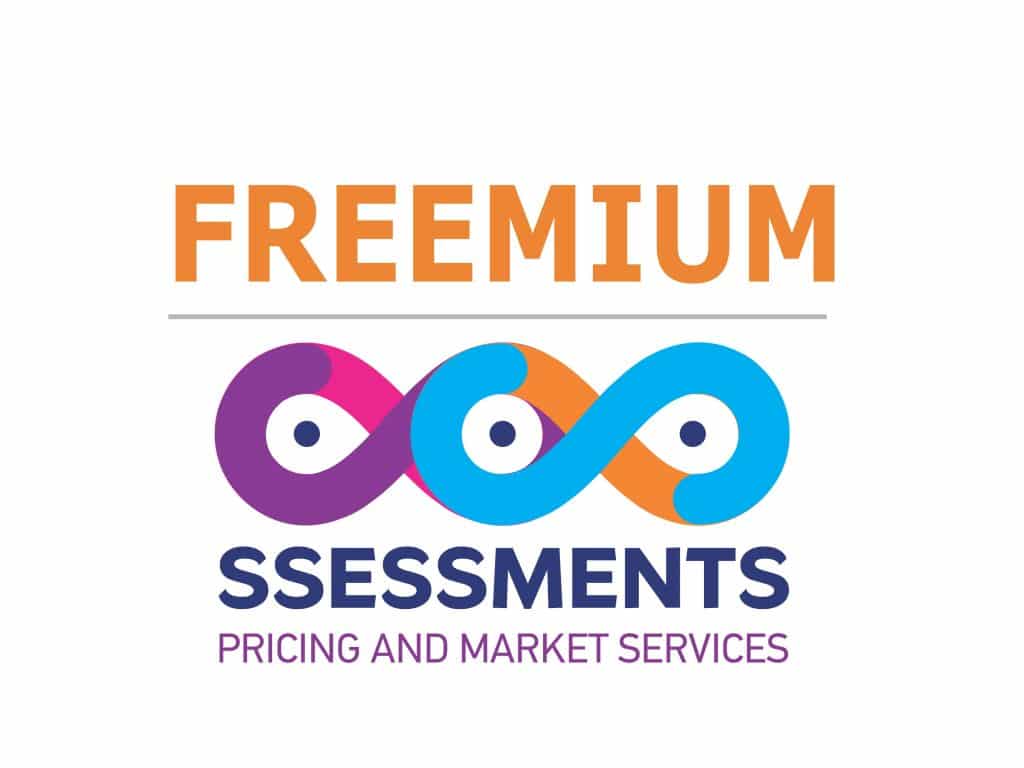According to American Chemistry Council (ACC) Weekly Chemistry & Economic Trends report on March 24, 2023, chemical railcar loadings were down to 32,175 for the week ending March 18. Loadings were down 8.1% Y/Y (13-week MA), down 7.2% YTD/YTD and have been on the rise for 8 of the last 13 weeks according to data released by the AAR.
The U.S. Chemical Production Regional Index (U.S. CPRI) rose by 0.7% in February following declines of 2.4% in December and 0.6% in January, according to the American Chemistry Council (ACC). Chemical output was higher than a month ago in all regions, with the largest gain in the Gulf Coast, home to much of the nation’s basic industrial chemical and synthetic materials capacity. Because the CPRI is measured as a three-month moving average (3MMA), February’s gain reflects a rebound in the most recent month that followed several declines at the end of the year due to lower manufacturing demand and disruptions from winter storm Elliott. Compared with February 2022, U.S. chemical production was 4.5% lower. Chemical production was lower than a year ago in all regions, with the largest declines in the Gulf Coast.
On a 3MMA basis, chemical production within segments was mixed in February. Output of plastic resins, consumer products, fertilizers, organic chemicals, and pesticides were higher. These gains were offset by lower production of coatings, adhesives, other specialty chemicals, synthetic rubber manufactured fibers, industrial gases and synthetic dyes & pigments.
As nearly all manufactured goods are produced using chemistry in some form, manufacturing activity is an important indicator for chemical demand. Down for a fourth consecutive month, manufacturing output was lower by 0.2% in February on a 3MMA basis. The 3MMA trend in manufacturing production was mixed, with output in most chemistry-consuming segments continuing to contract. Output continued to expand, however, in aerospace, apparel and appliances.
Note On the Color Codes
The banner colors represent observations about the current conditions in the overall economy and the business chemistry. For the overall economy we keep a running tab of 20 indicators. The banner color for the macroeconomic section is determined as follows:
Green – 13 or more positives
Yellow – between 8 and 12 positives
Red – 7 or fewer positives
For the chemical industry there are fewer indicators available. As a result we rely upon judgment whether production in the industry (defined as chemicals excluding pharmaceuticals) has increased or decreased three consecutive months.
For More Information
ACC members can access additional data, economic analyses, presentations, outlooks, and weekly economic updates through MemberExchange.
In addition to this weekly report, ACC offers numerous other economic data that cover worldwide production, trade, shipments, inventories, price indices, energy, employment, investment, R&D, EH&S, financial performance measures, macroeconomic data, plus much more. To order, visit http://store.americanchemistry.com/.
Every effort has been made in the preparation of this weekly report to provide the best available information and analysis. However, neither the American Chemistry Council, nor any of its employees, agents or other assigns makes any warranty, expressed or implied, or assumes any liability or responsibility for any use, or the results of such use, of any information or data disclosed in this material.
ACC_EconomicsDepartment@americanchemistry.com
American Chemistry Council
The American Chemistry Council (ACC) represents the leading companies engaged in the multibillion-dollar business of chemistry. ACC members apply the science of chemistry to make innovative products, technologies and services that make people's lives better, healthier and safer. ACC is committed to improved environmental, health, safety and security performance through Responsible Care®; common sense advocacy addressing major public policy issues; and health and environmental research and product testing. ACC members and chemistry companies are among the largest investors in research and development, and are advancing products, processes and technologies to address climate change, enhance air and water quality, and progress toward a more sustainable, circular economy.


